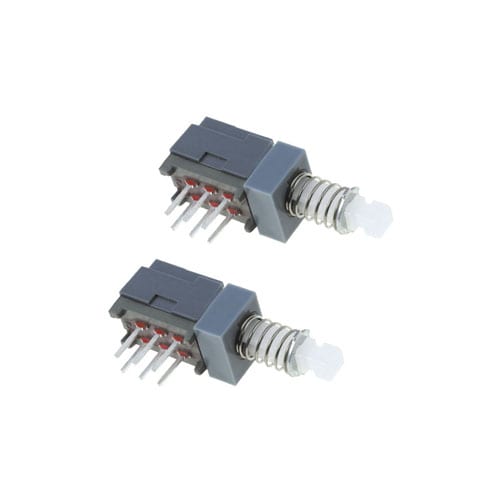
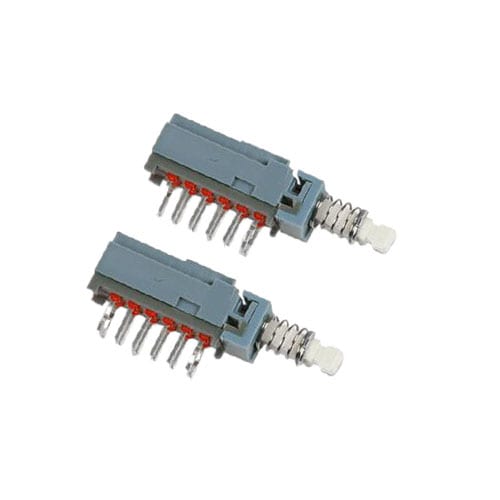
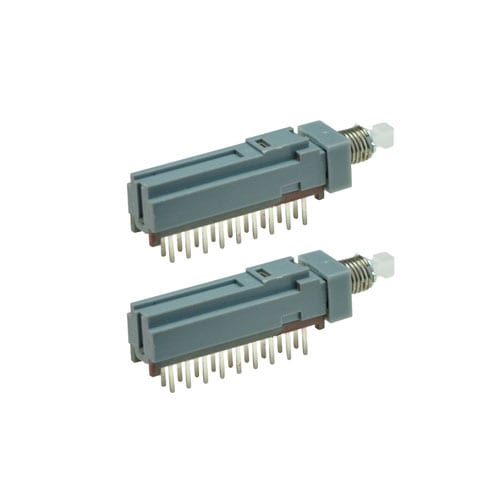

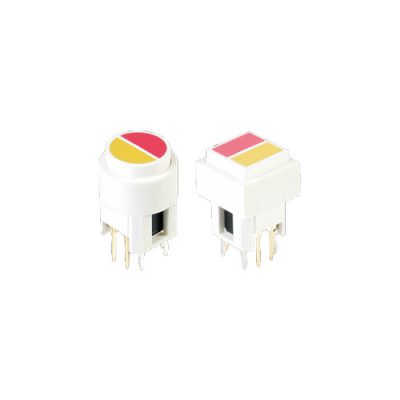
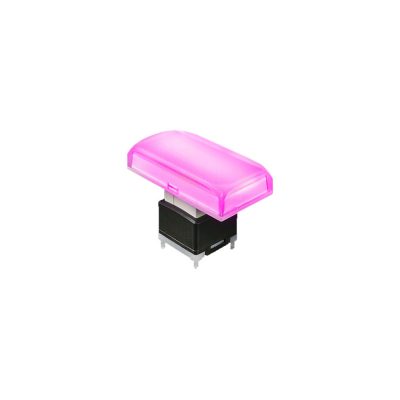
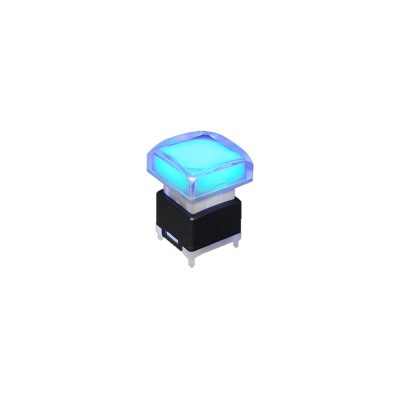

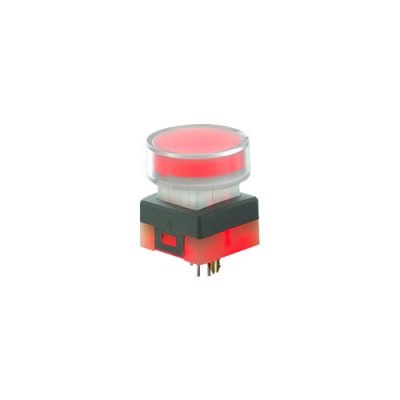
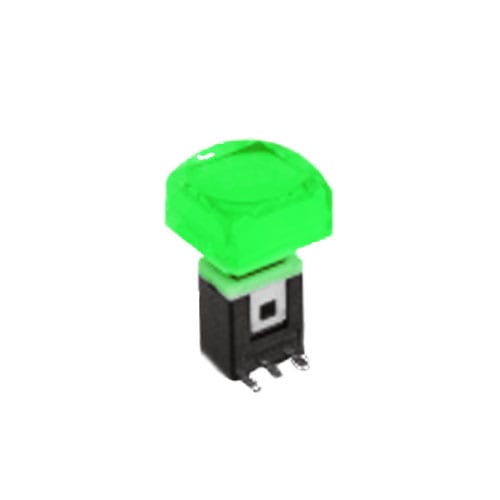
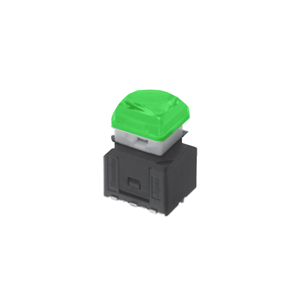
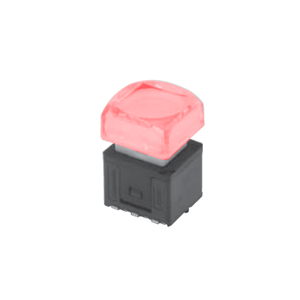
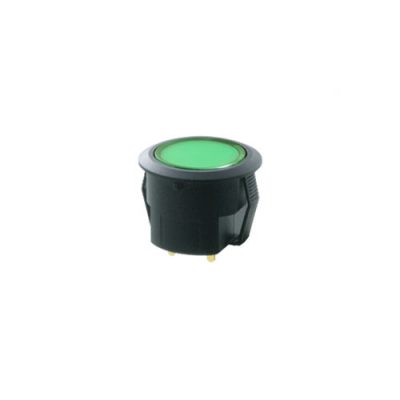
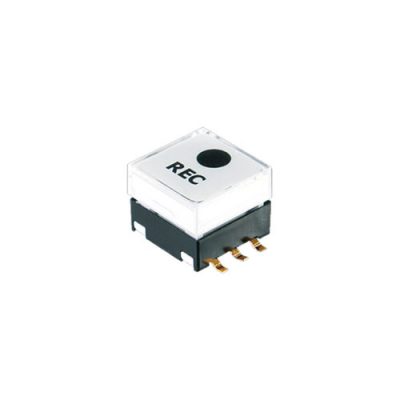
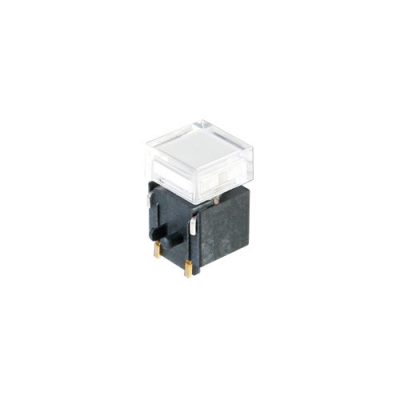
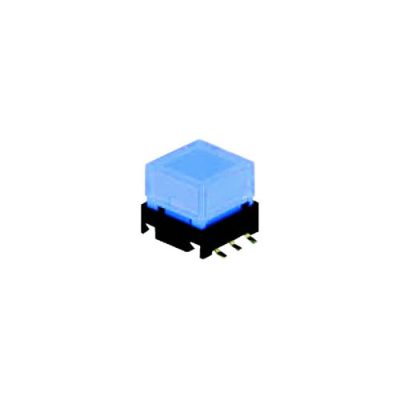
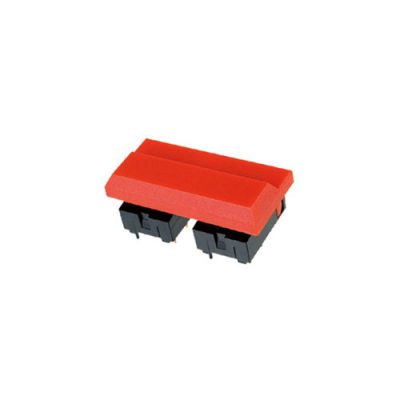
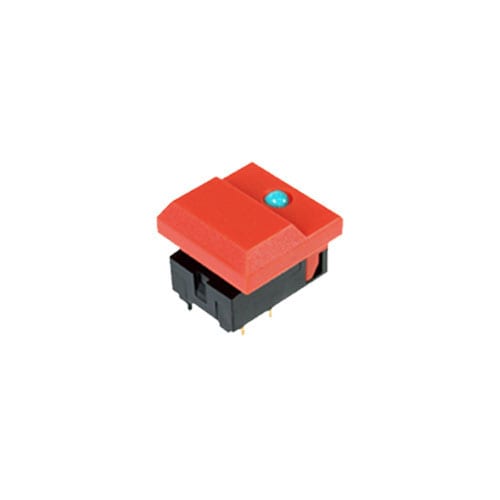
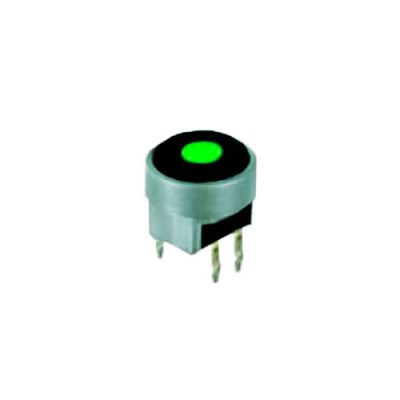



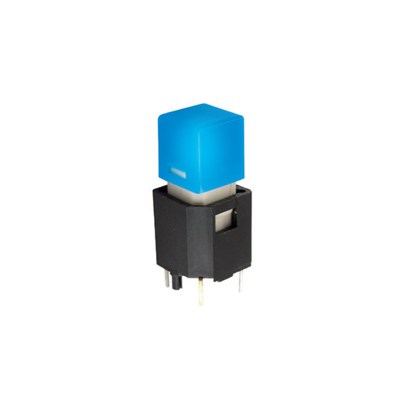
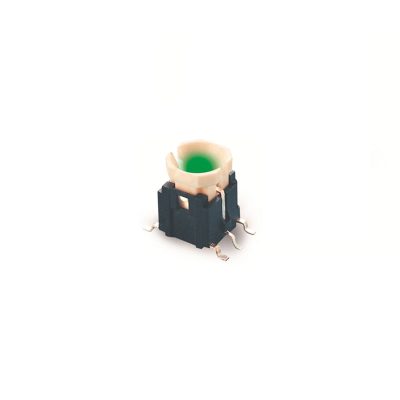
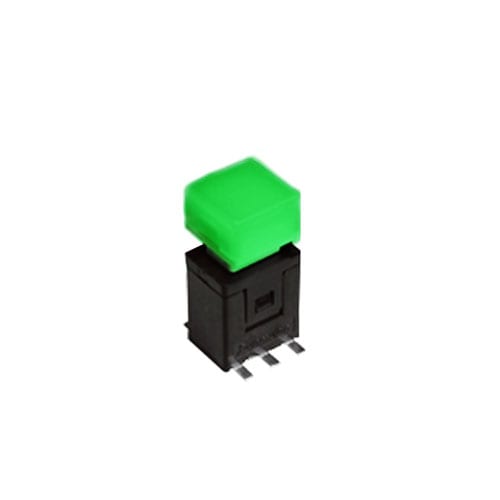
A push button switch is a device, mechanical in nature, operated by a person pressing a button, which then activates an internal switch. Available with various design options that cater to different shapes, sizes and configurations specific to the use.
What are the advantages of push button switches?
Push button switches are highly convenient due to their ease of use. Operating them involves simple pressing of a button to create or disconnect an electrical circuit. This feature makes them the perfect choice for situations that require fast and uncomplicated operation. Therefore, push button switches possess various key advantages.
PCB Push button switches
A PCB switch is a switch that is directly mounted onto a PCB (Printed Circuit Board). Surface mount PCB switches (SMD/SMT) are designed to sit flat, directly on top of a PCB. Through-hole or ‘thru-hole’ PCB switches are inserted into a drilled hole on the printed circuit boards and soldered to pads on the opposite side.
What is the difference between push button and tactile switch?
Compared to push button switches, tactile switches are typically smaller in size, and can have lower voltage and current ratings due to their design. As well as having a tactile feedback, offering a ‘clicky’ feel compared to regular push buttons. We offer both push buttons and tactile buttons.
How do I choose a push button switch?
When looking for push button switches, it is essential to take into account various switch specifications.
5 key points to consider:
It is important the switch can handle the voltage levels required. Overloading beyond its maximum voltage can cause damage to the switch.
A momentary switch only works when there is force pressing the button, once this force is removed the switch is no longer engaged. A latching switch maintains the state once pressed, until the push button is pressed again to release the switch.
SPST (Single-pole, single-throw)
SPDT (Single-pole, double-throw)
DPDT (Double-pole, double-throw)
RJS supplies both non-illuminated and LED buttons. Choosing what type will depend on the function and design of your product. There is a wide range of LED illumination options including single, bi-colour, dual colour or RGB LED illumination. How the illumination is displayed also varies. Variations include ring, dot, custom or full illumination.
A Normally Open (NO) switch is when an electrical flow is activated in a circuit when the button is pressed. And when the button is released, the circuit is then broken and the electrical flow is stopped. This is the most common switch type.
Whereas a Push to Break switch or ‘Normally Closed’ (NC) works in the opposite way, once pressed it stops an existing electrical flow through the circuit.
Want more?
Download our latest brochure and Product Catalogue. Join our mailing list to get the latest news, read our blog posts and see our latest products.
How to place an order?
Interested in this switch series? Why not contact us to find out more?
Contact us by phone – +44 (0) 1234 213600
Send us an online enquiry – Enquiry Form
Discover more on our website – www.rjselectronics.com